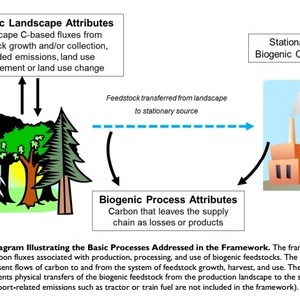Industry provides input to SAB Biogenic Carbon Emissions Panel

U.S. EPA
April 1, 2015
BY Erin Krueger
Advertisement
Advertisement
Related Stories
The government of Brazil on June 25 announced it will increase the mandatory blend of ethanol in gasoline from 27% to 30% and the mandatory blend of biodiesel in diesel from 14% to 15%, effective Aug. 1.
As tensions in the Middle East create uncertainty and volatility in global fuel markets, the RFA is urging President Trump to move quickly to eliminate burdensome regulatory roadblocks that are preventing broader use of E15.
Growth Energy announced that Americans could potentially save more than $10.1 billion in fuel costs this summer thanks to an emergency summer E15 waiver issued earlier this year by the U.S. EPA.
The EU on June 20 suspended tariff preferences on non-fuel ethanol imported from Pakistan. ePURE, the Euoprean renewable ethanol association, said the action is an important step toward restoring fair competition.
The U.S. Court of Appeals for the D.C. Circuit on June 20 rejected several claims challenging the U.S. EPA’s RFS Set rule but will require the agency to provide additional information on certain environmental findings.





